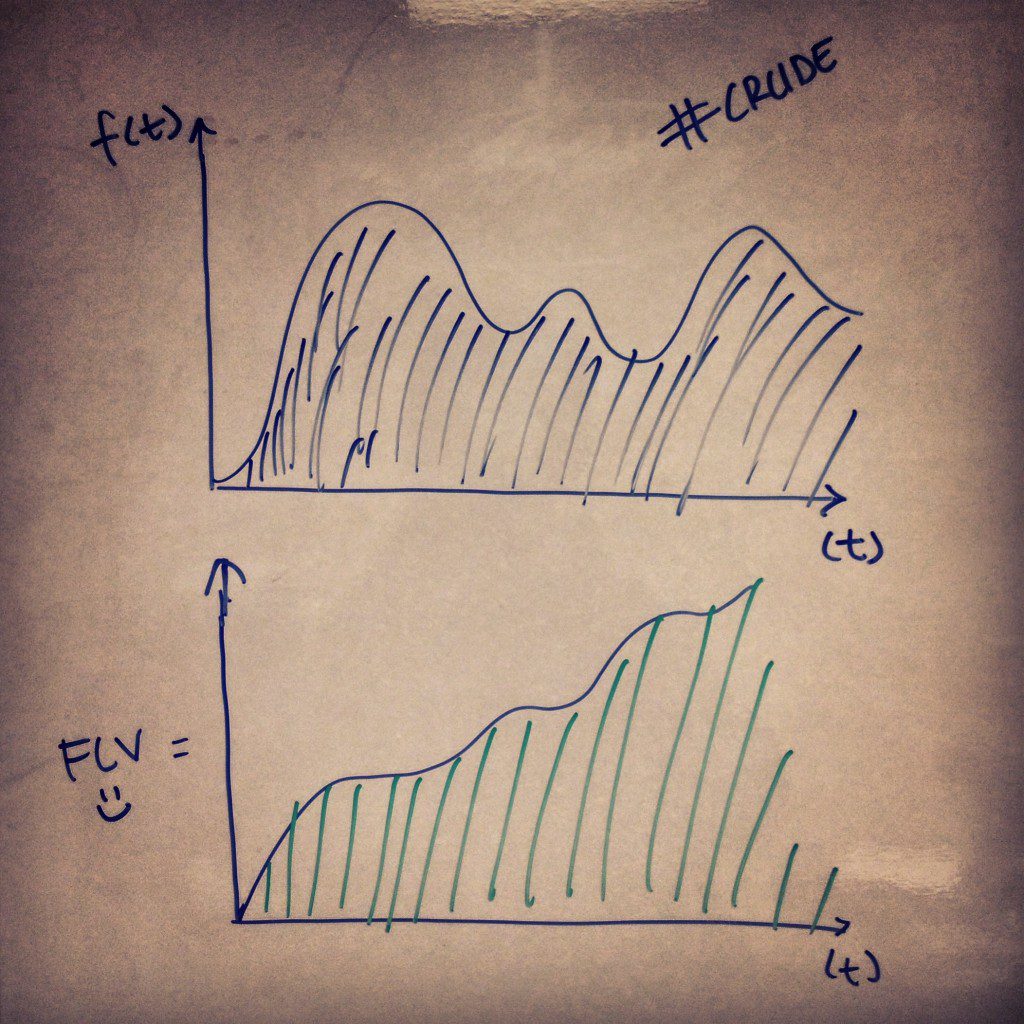Last Updated on March 26, 2021 by David
Today, Thursday the 10th, is a great day for some funny maths.
How long do you need to flirt with potential customers before they become actual customers? How long do customer flirt with you after you’ve already convinced them?
The answers are: as short as possible and as long as possible, respectively.
What if the frequency and intensity of flirts were measurable? Might they affect the value of a customer? Might they affect how soon they’re on-boarded? Would it increase the probability that a customer will stay with you? Hmm…let’s just have some fun.
We all know what churn rates are. So it makes sense that:
LOVE% = 1 / (CHURN RATE%)
Therefore, a customer’s Flirtatious Lifetime Value (FLV) might be:
FLV = ($/mo) x LOVE%
and where LOVE% might be directly affected by something like:

As an experiment, we wanted to find out if customer support can be instrumental in increasing a customer’s LOVE% through “flirting” (conversing more frequently and intensely). Our train of thought:
- When new users first sign up or start a conversation with us for help and questions, we take a “flirt at first sight” approach. Make a dazzling impression as fast and as early possible. Since we run a tight ship here, speed dating should be easy.
- Measure how long it takes for the potential customer to a) reply and/or b) perform a suggested action. Maybe buying us a drink or something crazy like that.
- Track how many flirts take place before the customer is swooped off their feet strictly through our charm.
- If this works out well, we’ll gamify this process! Customer support is a great way to grow revenue and works wonders as a buffer for customer retention.
- Break down which channels (Email, Twitter, Facebook, phone, etc.) facilitate the highest amount of flirting and which channels yield the best results.
- Continue to track flirty activities over time.
Represented by our awesome graphing skills:

On a slightly more serious note: You should get comfortable with your customer support team doing more customer development. Most businesses rely on customer support strictly for “helping” customers when they have problems. If we’ve learned anything over the past few years is that customer support can be your most valuable asset for revenue generation, customer retention, brand differentiation, and brand marketing.

